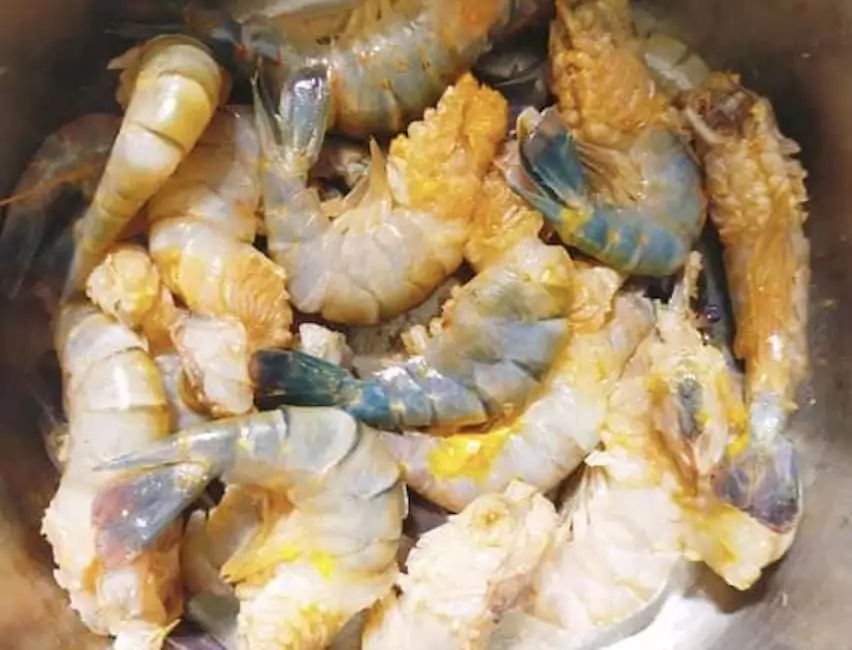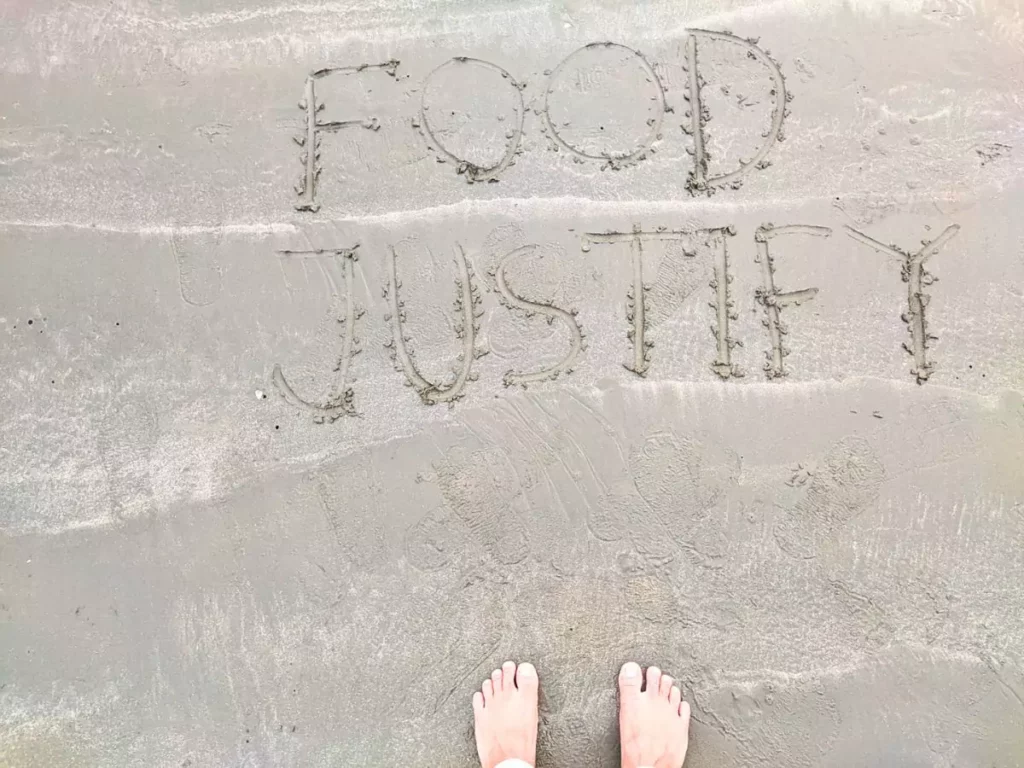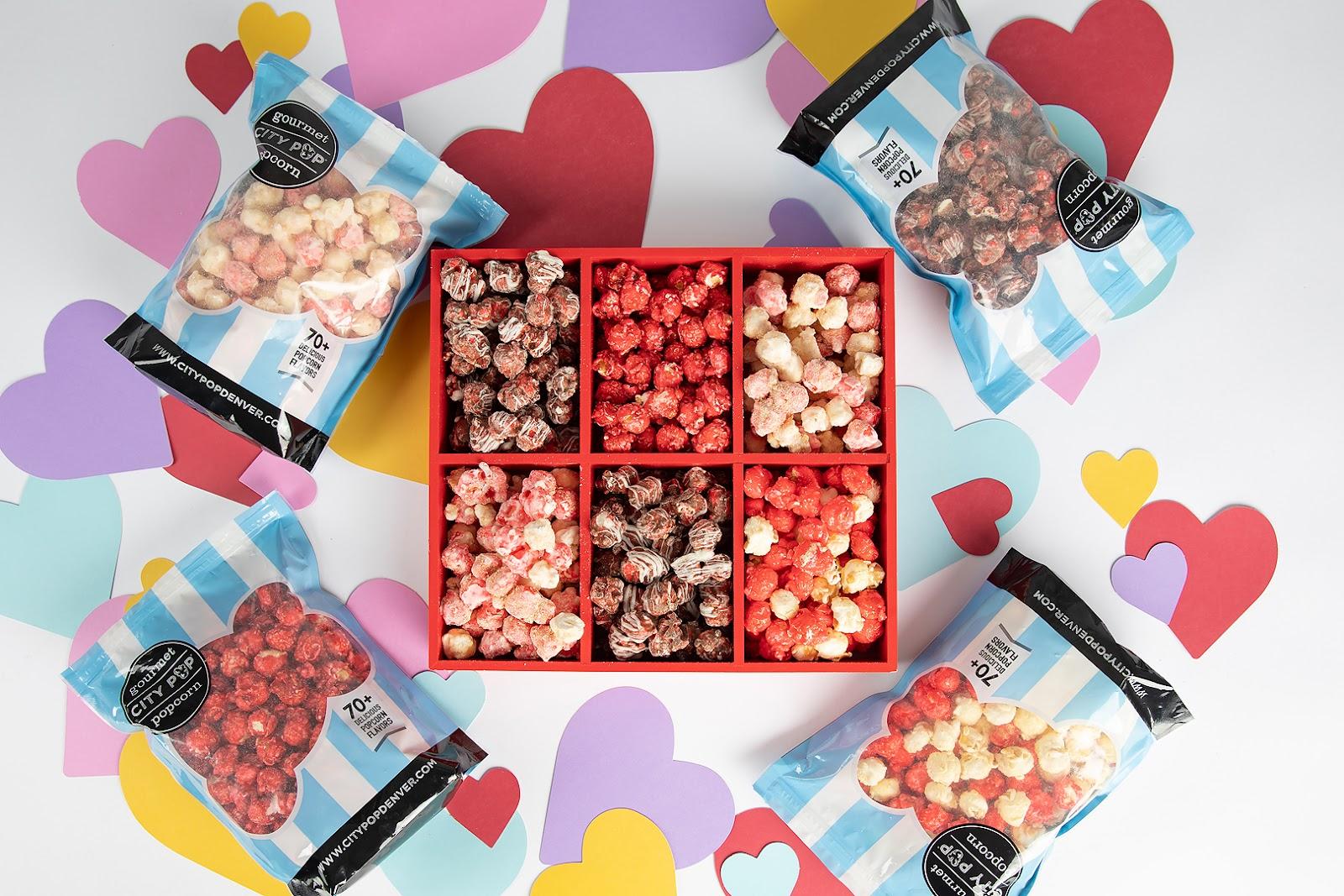Undercooked shrimp is a common concern for many people, especially those who love seafood. While some people prefer their shrimp to be slightly undercooked, others are wary of the potential health risks of consuming raw or undercooked shrimp.
This article will explore the topic of undercooked shrimp and answer the question: Can you eat undercooked shrimp?
Here are some key points to consider when it comes to undercooked shrimp:
- Eating undercooked shrimp can lead to food poisoning, which can cause symptoms such as nausea, vomiting, diarrhea, and stomach cramps.
- Shrimp is undercooked when it is still translucent or has a grayish color instead of pink or white.
- Cooking shrimp until it is pink and opaque will kill any harmful bacteria and reduce the risk of food poisoning.
Can You Eat Undercooked Shrimp?
Undercooked shrimp can pose a risk to health if it is not prepared correctly. Shrimp is a typical seafood that can be served in various dishes. Still, it is crucial to ensure it is cooked thoroughly before consumption.
Shrimp not appropriately cooked can contain harmful bacteria and viruses such as Vibrio and Salmonella.
These can cause food poisoning and other illnesses, especially if consumed in large quantities. Symptoms of food poisoning from undercooked shrimp can include nausea, vomiting, diarrhea, and stomach cramps.
It should be cooked until it is pink and opaque. It means the flesh should no longer be translucent and have a firm texture.
Cooking times can vary depending on the size.

Risks of Eating Undercooked Shrimp
Undercooked shrimp can be a health hazard, as it may contain harmful bacteria, viruses, or parasites that can cause foodborne illnesses.
The risk of getting sick from undercooked shrimp depends on several factors, including the cooking method, the quality of the shrimp, and the individual’s immune system.
Some of the risks of eating undercooked shrimp are:
- Foodborne Illnesses: Undercooked shrimp may contain harmful bacteria, viruses, or parasites that can cause foodborne illnesses, such as Vibrio, Salmonella, or E. coli. These can cause symptoms like nausea, vomiting, diarrhea, abdominal pain, and fever. In severe cases, foodborne illnesses can lead to hospitalization and even death.
- Gastrointestinal Symptoms: Eating undercooked shrimp can cause gastrointestinal symptoms such as diarrhea, vomiting, and stomach cramps. These symptoms can be mild or severe, depending on the individual’s sensitivity and the amount of undercooked shrimp consumed.
- Allergic Reactions: Some people may be allergic to shrimp or shellfish and can experience allergic reactions after eating undercooked shrimp. These reactions can range from mild to severe, including hives, itching, swelling, difficulty breathing, and anaphylaxis.
Cook shrimp thoroughly until it turns pink and opaque to minimize the risk of getting sick from undercooked shrimp.
Handling shrimp is essential to avoid cross-contamination and storing it at the right temperature.
How to Identify Undercooked Shrimp
Undercooked shrimp can cause food poisoning, leading to serious health problems.
Therefore, it is essential to know how to identify undercooked shrimp. Here are some ways to tell if shrimp is undercooked:
Color
One of the easiest ways to tell if shrimp is undercooked is by its color. According to the Tasting Table, undercooked shrimp have a tinge of gray and are a bit translucent, while fully cooked shrimp are pink and opaque.
If the shrimp looks gray or translucent, it’s best to cook it longer.
Texture
Fully cooked shrimp should have a firm and slightly springy texture. If the shrimp feels mushy or slimy, it is likely undercooked.
Raw shrimp typically have a straight or slightly curved shape. When cooked, it should curl into a C-shape. The shrimp may need to be fully cooked if it is still straight.
Smell
Undercooked shrimp may have a strong, fishy odor. Fully cooked shrimp should have a mild, slightly sweet scent.
If the shrimp smells strongly of ammonia or has a sour smell, it may be spoiled and should not be eaten.
Taste
Undercooked shrimp may have a slightly crunchy texture and a raw or fishy taste. Fully cooked shrimp should be tender, somewhat sweet, and briny.
It may not be fully cooked if the shrimp tastes overly fishy or metallic.
Preventing Illness from Undercooked Shrimp
Undercooked shrimp can pose serious health risks and lead to foodborne illnesses. It is essential to take appropriate measures to prevent disease from undercooked shrimp.
This section will provide some tips on preventing illness from undercooked shrimp.
Cook Shrimp Thoroughly
Cooking shrimp is the best way to prevent illness from undercooked shrimp. Shrimp should be cooked until it turns pink and opaque.
To ensure the shrimp is cooked thoroughly, use a food thermometer to check the internal temperature. The internal temperature of shrimp should be 145°F (63°C).
Check for Signs of Undercooked Shrimp
It is essential to check for signs of undercooked shrimp to prevent illness. Undercooked shrimp will have a translucent appearance and a soft texture.
If the shrimp is still translucent and has a soft texture, it is likely undercooked and should be cooked further.
Avoid Cross-Contamination
Cross-contamination can also lead to illness from undercooked shrimp. To prevent cross-contamination, keep raw shrimp from other foods and use separate cutting boards, utensils, and plates for raw and cooked shrimp.
After handling raw shrimp, wash your hands, utensils, and surfaces with soap and water.
Know the Risks
Consuming undercooked shrimp can lead to foodborne illnesses such as Vibrio, E. coli, and Salmonella. These bacteria can cause symptoms such as diarrhea, vomiting, fever, and abdominal pain.
In rare cases, they can even be fatal. Knowing the risks and taking appropriate measures to prevent illness from undercooked shrimp is essential.





Leave a Reply
You must be logged in to post a comment.